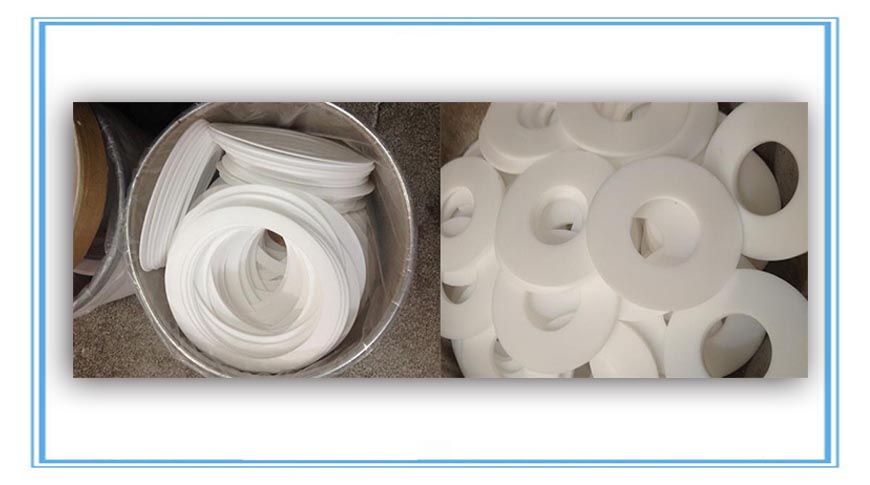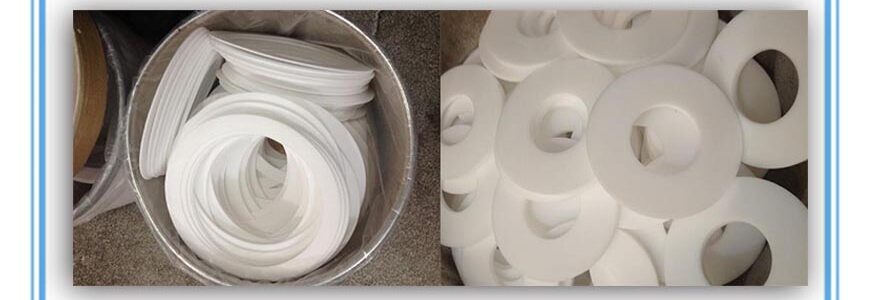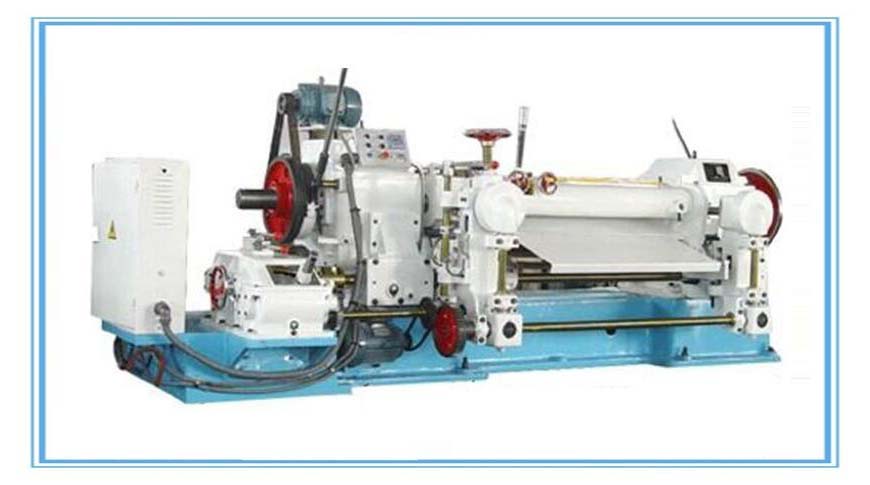Thermoforming has benefited from applications of engineering technology, although the basic forming process is very similar to what was invented many years ago. Microprocessor and computer controls on more modern machinery allow for greatly increased process control and repeatability of same-job setups from one production run with the ability to save oven heater and process timing settings between jobs. The ability to place formed sheet into an inline trim station for more precise trim registration has been hugely improved due to the common use of electric servo motors for chain indexing versus air cylinders, gear racks, and clutches on older machines. Electric servo motors are also used on some modern and more sophisticated forming machines for actuation of the machine platens where form and trim tooling are mounted, rather than air cylinders which have traditionally been the industry standard, giving more precise control over closing and opening speeds and timing of the tooling. Quartz and radiant-panel oven heaters generally provide more precise and thorough sheet heating over older cal-rod type heaters, and better allow for zoning of ovens into areas of adjustable heat..
A new technology, ToolVu, has been developed to provide real-time feedback on thermoformer machines. This stand-alone system connects directly to the thermoformer and utilizes multiple sensors to record production-run data in real time including air pressure, temperature, tool strain gauge and other specifications. The system sends out multiple warnings and alerts whenever pre-set production parameters are compromised during a run. This reduces machine down time, lowers startup time and decreases startup scrap.
An integral part of the thermoforming process is the tooling, which is specific to each part that is to be produced. Thin-gauge thermoforming as described above is almost always performed on in-line machines and typically requires molds, plug assists, pressure boxes and all mounting plates as well as the trim tooling and stacker parts that pertain to the job. Thick or heavy-gauge thermoforming also requires tooling specific to each part, but because the part size can be very large, the molds can be cast aluminum or some other composite material as well as machined aluminum as in thin gauge. Typically, thick-gauge parts must be trimmed on CNC routers or hand trimmed using saws or hand routers. Even the most sophisticated thermoforming machine is limited to the quality of the tooling. Some large thermoforming manufacturers choose to have design and tool making facilities in house while others will rely on outside tool-making shops to build the tooling.
Types of thermoforming molds: 1- plaster of paris mold; 2- wooden mold; 3- plastic mold; 4- aluminium mold.





Pretty part of content. I simply stumbled upon your web site and in accession capital to assert that I get actually loved account your blog posts. Anyway I’ll be subscribing on your feeds and even I success you get admission to consistently fast.